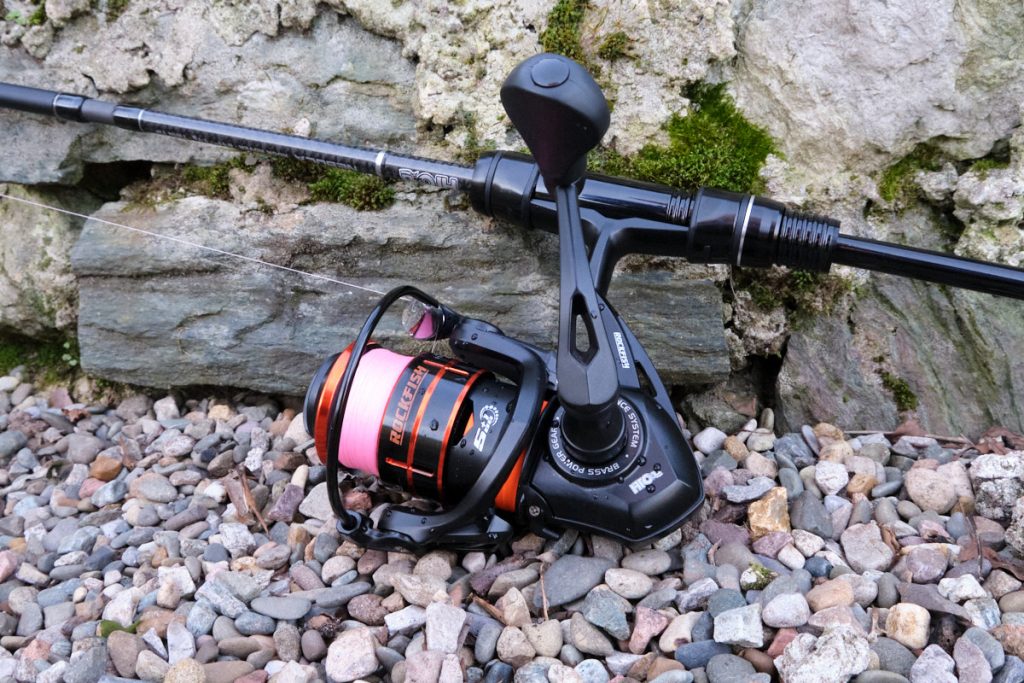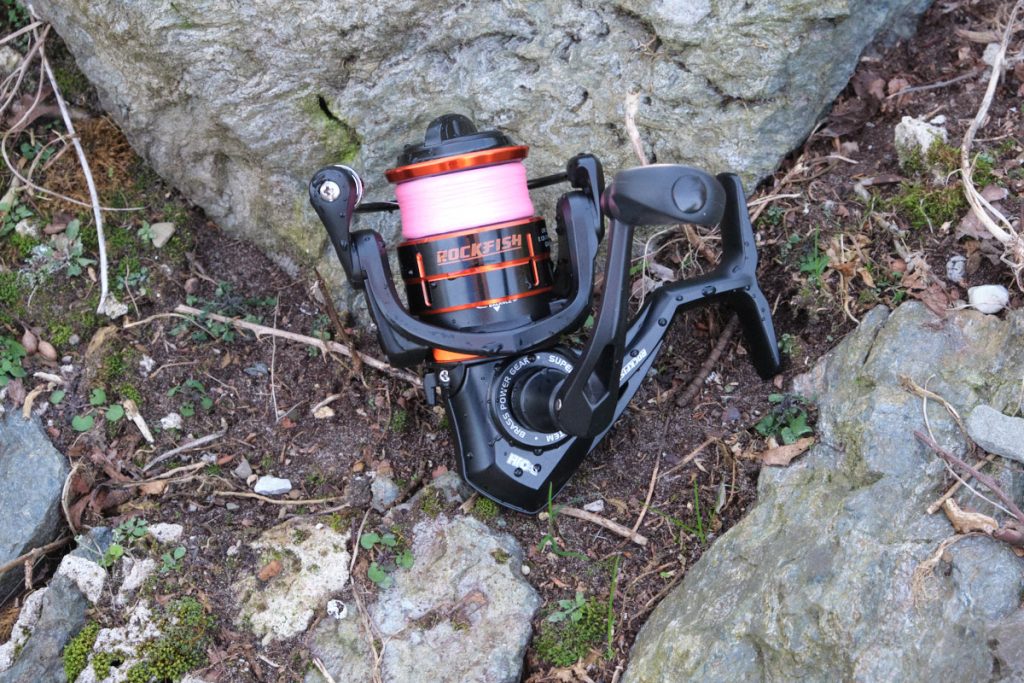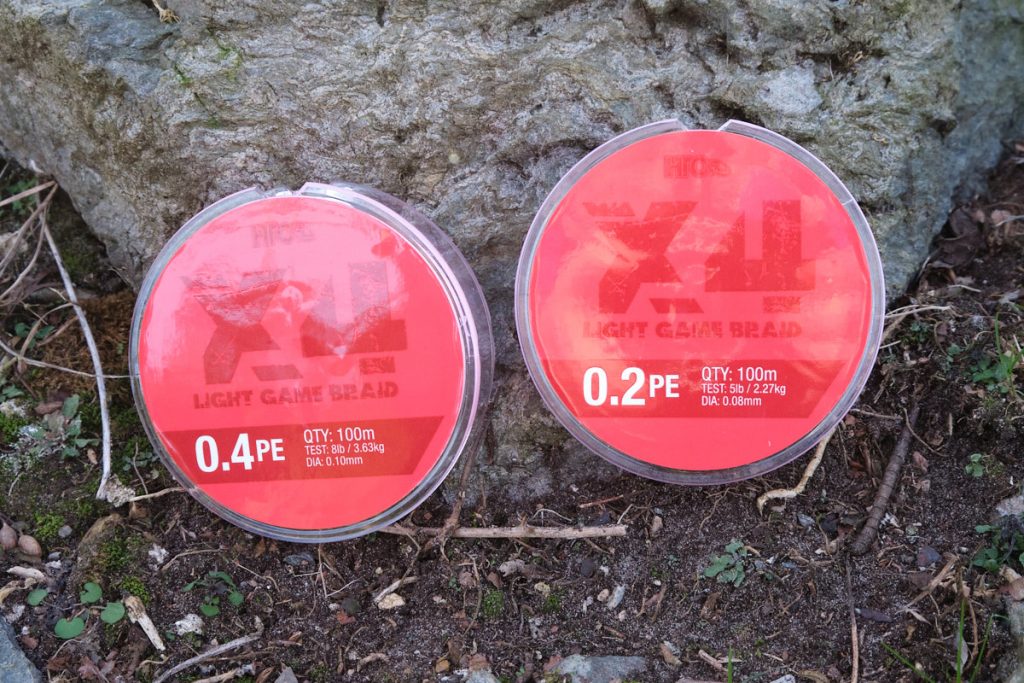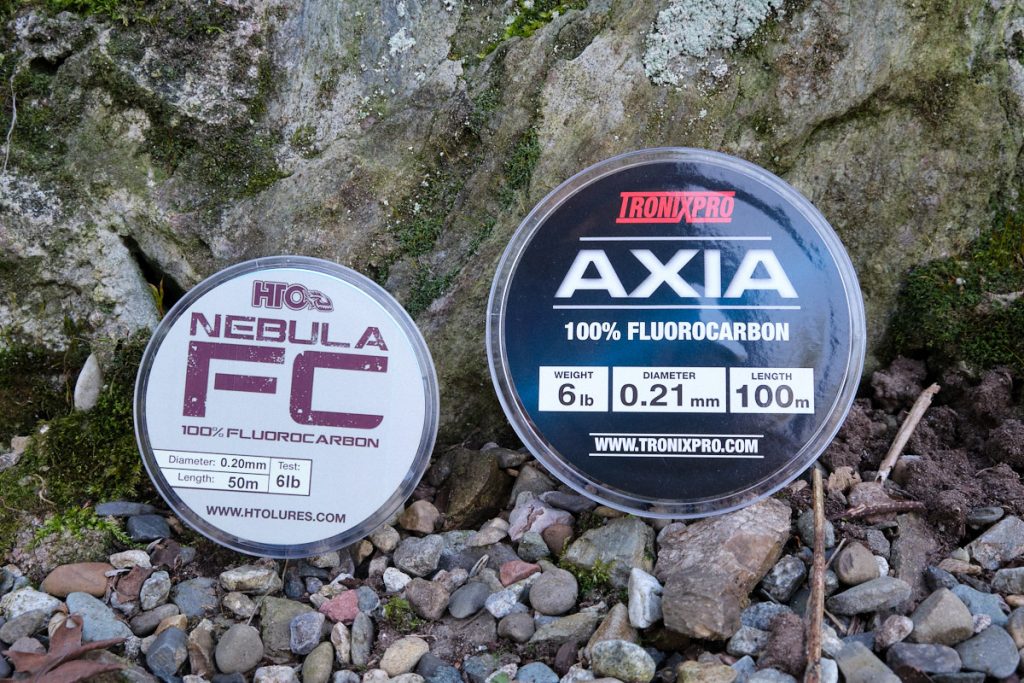In this third part of my LRF fishing series, I will look how to choose the right LRF reel and which lines to load it with. We've already covered what LRF is and how to choose the right rod. When it comes to reels, there are a few considerations you need to think about to pick the right size for the rod you're using and the type of LRF fishing you're doing.
Choosing the best sized LRF Reel
When choosing a reel to complement your rod, the first thing to think of is how it balances when attached to the rod. As LRF rods are generally so light, it makes sense to find a lightweight reel to match. As a rule, the best LRF reel sizes to use range from a 500 to a 2500 size. Which of these sizes you choose is influenced by where you perceive you will use the reel and what your preferred line is likely to be.
For instance, if your LRF fishing is mainly down harbour walls and for mini species, then a smaller spool sized reel is best. Likewise, this goes for those that choose a very fine diameter line such as a PE0.3. Having a smaller spool size will enable the line to sit better on the spool and not have too much of a gap between the spool lip and the line on the spool.
Those of us who use our LRF gear to target larger fish, fish areas that require longer casts such as open beaches or using metals, might be fishing with heavier line. In this situation, a 2000 or 2500 size reel would suit.
When it comes to balancing a reel with the rod, then it can differ, but it is not necessarily a balance that has to be where the rod sits in a straight line when held at the rod grip. Sometimes depending on your fishing style, it is beneficial to have the rod either slightly heavier at the tip to help with the tip down approach or heavier at the butt, enabling tip-up methods such as on the drop fishing.
The goal is to make sure it feels comfortable to you when you're using the rod, and it's easy to use for the type of fishing you're doing.

Smoothness, line lay and drag
The key features of an LRF reel are the smoothness of operation, line lay and the drag system.
Firstly, smoothness of reeling is a critical feature for retrieving line, especially on slow retrieves. Any sticking points can become greatly accentuated when reeling slowly and can become very frustrating. The best way to test a reel's smoothness is to turn the handle very slowly feeling for any slight sticking points. These will only be felt at slow speeds and will not be an issue when cranking the handle very fast. However, small sticky points become incredibly annoying at low speeds and can interfere with how you work a lure.
Even line lay is also crucial for smooth casting and avoiding wind knots and tangles, especially when using braid. This is generally not too much of an issue with most modern fixed spools as they are calibrated to ensure you achieve even line lay when using the reel. If the line lay is off, you will see bunching at the bottom or the top of the spool.
Lastly, a smooth drag system is vital when using LRF gear, as this is what we use to play a fish without putting too much strain on the rod and line. A good quality drag will give line smoothly under pressure. Like I described above with smooth reeling, any small sticking points can make the drag system jerky, giving any fish you are playing a chance to throw the hook.

Lines
Using light lines is a fundamental part of LRF as we need a thin diameter line to cast very light lures. Japanese braids tend to be measured with the Japanese PE yarn measurement system. This is much more accurate than going by breaking strain, and indeed many rods have the PE rating or line rating printed on the blank. I treat the PE measurement as a breaking strain, so PE0.4= 4lb PE0.6 =6lb and so on. Whilst the breaking strain will undoubtedly be more than this, if you treat the braid as 4lb / 6lb etc. then you won't go far wrong!
I admit to being a braid addict, and the range of high-quality braids now available is very good. Generally, the thinner the braid, the more it costs, but there are some great lines available for under £25. Line can seem costly, but the benefits are instant, feeling every move the lure makes is one as well as incredible strength to diameter. If you are not used to using braid, I'd recommending using a four-strand as it is slightly more forgiving than a high tech eight-strand and tends to offer a bit more abrasion resistance. Eight strands tend to be thinner and more supple but slightly harder to handle in the hands of a less experienced angler.

If you are not used to fishing light braid, start at the heavier end of the LRF spectrum. It makes for a less painful learning curve and can help cut down on tackle loss. A good diameter to start with is PE0.6 this will be suitable for most LRF situations.
The dreaded wind knot can be a problem when using braid, but if you under-fill the spool, leaving a 2-5mm gap from the lip can help. Always close the bail arm manually and give a small pull on the line above the reel before you retrieve. It will keep things tight and stop you from reeling in loops of slackline.
Light fluorocarbon mainline can also be used and is easier to manage than braid. It has a couple of benefits, good abrasion resistance, and it is excellent when it is windy as the line sinks, unlike braid, which can catch the wind and stop your lure from sinking. 4lb breaking strain and under is good, once you go above that, it can be difficult to manage, and you will lose feeling, especially when compared to braid!
You will also need a spool of fluorocarbon leader material 4 – 6lb would be ideal for use with braid. I use a Uni-to-Uni knot, which I use to attach braid to a fluorocarbon leader.



